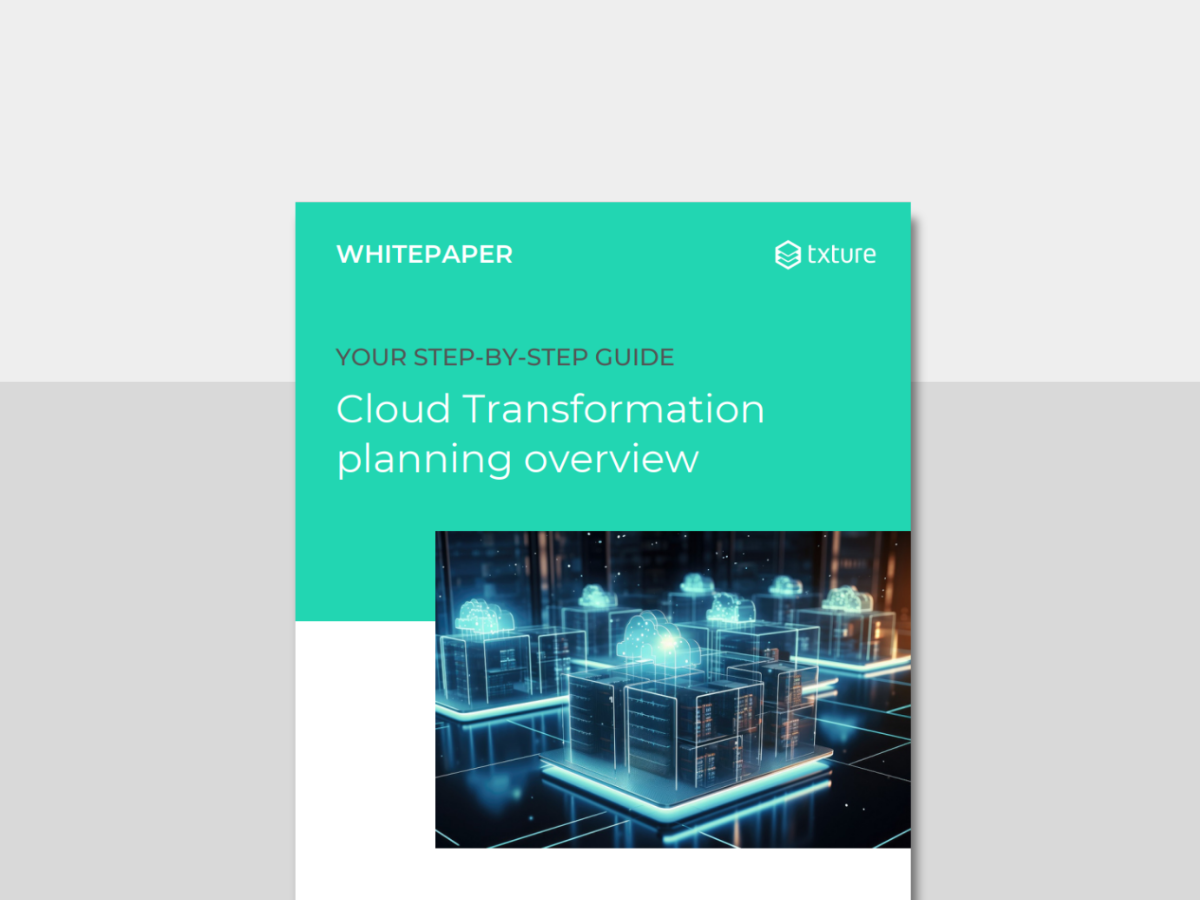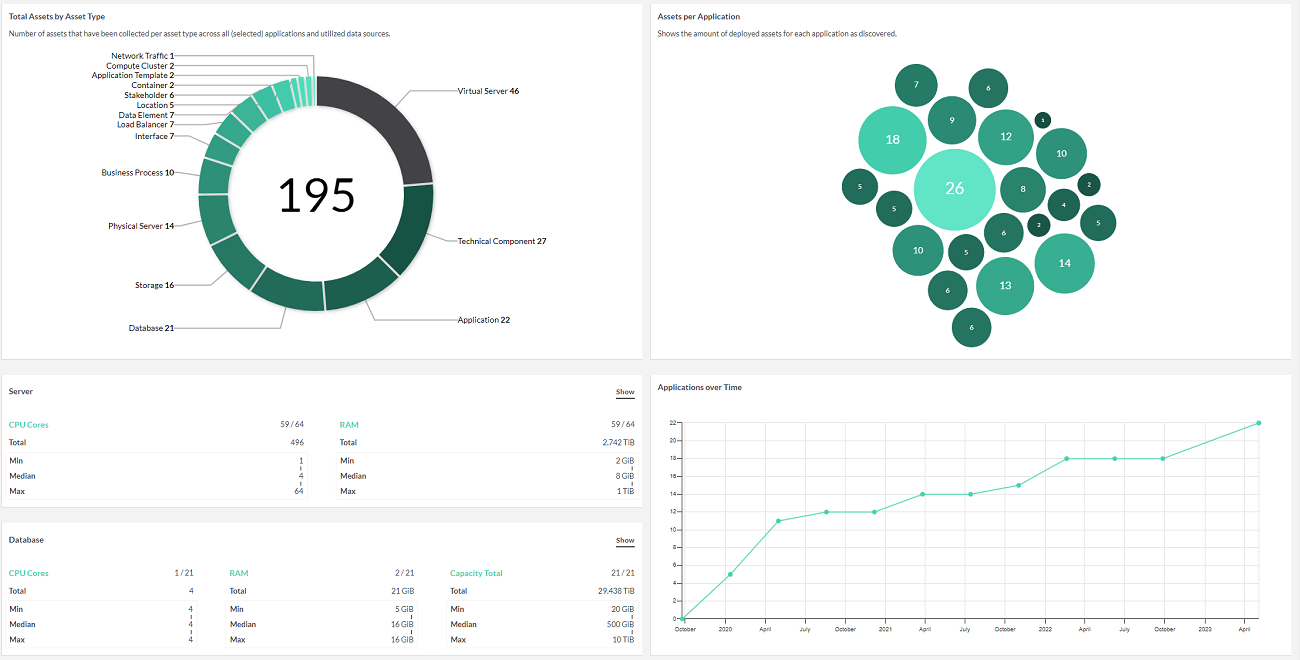Cloud Center of Excellence (CCoE): 7 Core Tasks

While cloud computing is now at the forefront of IT transformation and modernization, moving to the cloud is still a major shift for an organization who used to run its entire infrastructure on-premises. As it spans not only the IT practices, but also the financial, business, security and compliance processes, cloud transformation requires a change of habits at the organizational level. It also means that the organization must develop its knowledge of cloud computing, and make it part of the internal culture.
Therefore, when organizations plan a cloud transformation, they should think of the best way to orchestrate this change, and build the framework that will make their cloud journey a success. One efficient approach to tackle these challenges is to establish a Cloud Center of Excellence (CCoE).
Why should an organization build a Cloud Center of Excellence?
According to Gartner, a Cloud Center of Excellence acts as a “centralized enterprise architecture function that leads and governs cloud computing adoption within an organization”.
Cloud Transformation, like every major change, needs a dedicated team to happen and bear fruits. Many large-scale modernization projects fail, sometimes just because the organization did not provide its teams with the means to implement the change. The Cloud Center of Excellence can thus be defined as an “enablement” team. More precisely:
- It will define the roadmap to implement the cloud transformation successfully.
- It will provide information and guidance to the IT department in choosing the best-suited cloud providers, and in defining the right cloud architecture for all IT applications.
- It will set the framework and policies for maintaining a high level of security and compliance within the cloud.
- It will help to raise awareness, organization-wide, on the benefits of cloud computing.
- It will identify and promote the organizational and cultural changes that are needed to build a successful cloud-enabled IT modernization approach (including team reinforcement and upskilling).
We discuss in more detail the different tasks that are typically performed by the CCoE, in the last section of this article.
Do you need a clear overview of what your cloud transformation project will look like? Download our step-by-step guide and succeed at every phase of your cloud transformation!

Step-by-step Guide: Cloud Transformation Planning
What should the team look like?
Multidisciplinary. Including people from various teams across the organization leads to a two-way benefit. On the one hand, the CCoE will incorporate insights from a variety of knowledgeable stakeholders and get a comprehensive picture of the different aspects to consider when moving to the cloud. On the other hand, it will be easier for the CCoE to raise awareness of cloud computing if people from different teams can spread the word.
100% dedicated. At least most of the members should work full-time on the CCoE remit. If someone is assigned to the Cloud Center of Excellence among other responsibilities, this will not bear fruits. The person will either neglect the CCoE tasks, or will get overloaded following their day-to-day responsibilities and their CCoE assignments at the same time. Of course, in some cases, people in the organization can act as part-time consultants for the CCoE. But the core team should be 100% dedicated to the cloud topics.
The team should not be outsourced. One goal of the CCoE is to develop an internal expertise of cloud computing. Moreover, the CCoE also serves as a signal to the organization that cloud transformation becomes a priority and is carefully handled. For this message to be effective, the CCoE must be composed of practitioners who belong to the organization.
 The cloud center of excellence should be an internal, multidisciplinary team
The cloud center of excellence should be an internal, multidisciplinary team
Cloud Center of Excellence Core Tasks
1. Plan Cloud Transformation and Strategy
Creating the transformation roadmap is a key activity to align the cloud strategy and investments, maximize cloud benefits, enhance customer experience and minimize business disruption during the transformation. Furthermore, the CCoE typically should outline the scope of the transformation and identify low-hanging-fruits, such as applications that are easy to transform and guarantee a quick return on investment.
Read the full article about Cloud Transformation Planning.
2. Govern Costs and Optimize Cloud Portfolio
Choosing an efficient way to manage, govern, and cost optimize heterogeneous cloud environments and their costs is an key task of the CCoE streamline the cloud usage. This is important during the planning phase, but also after the transformation when operating a hybrid IT landscape. The keyword here is “right-sizing” all services according to their actual consumption.
Read the full article about Governing Costs and Optimizing Cloud Portfolio.
3. Manage and Report Cloud Transformation
The CCoE should always have an overview of the current application and IT infrastructure landscape and its dependencies. Specifically, during the transformation with so many moving parts, it is crucial that the CCoE provides accurate reports of the progress of the cloud transformation. In the initial assessment phase, the CCoE should also report the application landscape’s cloud readiness, identify optimal cloud providers, cloud target architectures and calculate expected migration efforts and costs.
Read the full article about Cloud Transformation Management and Reporting.
4. Enforce Organization-Wide Cloud Transformation Policies
Establishing guidelines and standards for cloud security, compliance and cost control is another key task for the CCoE. When questions regarding these policies arise, the CCoE should be the central point of information. For this to actually work, the CCoE needs full management support.
Read the full article about Enforcing Organization-Wide Cloud Transformation Policies.
 Providing guidelines for cloud security is one of the key tasks of the cloud center of excellence.
Providing guidelines for cloud security is one of the key tasks of the cloud center of excellence.
5. Act as an Internal Cloud Advisor and Guide
The next essential task of the Cloud Center of Excellence is building a bridge between organizational units and stakeholders that use, measure, and fund the cloud transformation. All of these departments and stakeholders need to be aligned with regard to goals, timelines and budgets. This also includes guiding internal users in their selection process of the right cloud providers, services and migration strategies according to the 6 R's (rehost, replatform, retain, retire, refactor, repurchase).
Read the full article about Acting as an Internal Cloud Advisor and Guide.
6. Keep Up-To-Date with Cloud Technologies
Every day new cloud services are released by the cloud providers for ever more specialized use cases. Tracking these changes is essential to optimize the cloud portfolio and save costs. Since the CCoE acts as an internal cloud service broker and as an advisor for the IT departments, one of the CCoE's core tasks is to advise with regards to the newest services and most appropriate.
Read the full article about Keeping Up-To-Date with Cloud Technologies.
7. Manage Cloud Security and Compliance Risks
Security and regulatory requirements are changing fundamentally due to the cloud. Defining and applying corporate security standards in all aspects of the IT architecture and ongoing operational support is another key task.
Read the full article about Managing Cloud Security and Compliance Risks.
How the Txture platform empowers the Cloud Center of Excellence
A governance team needs a governance tool!
The Txture platform is a central software platform to efficiently manage all aspects of your cloud transformation. As a CCoE member, Txture serves as your cloud transformation cockpit where you can:
- Map the on-premises IT estate of your organization, and assess the cloud readiness of each existing application.
- Leverage Txture cloud knowledge base to quickly gather up-to-date information on cloud providers and cloud services, along with their pricing options, compliance certifications, carbon footprint, and much more!
- Model cloud target architectures, compare them and make your migration decisions with speed and confidence
- Bring all stakeholders together around a central communication platform and data hub
 Txture acts as a central hub where you can plan the different steps of your journey to the cloud
Txture acts as a central hub where you can plan the different steps of your journey to the cloud
Want to have a look at our Txture tool and catch the real benefit for your CCoE? Book a demo session!
Related posts
22.5.2023Cloud Center of Excellence5 key principles of change management to lead your team through a cloud transformation22.3.2022
CCOE Task #7Managing Cloud Security and Compliance Risks8.3.2022
CCOE Task #6Keeping Up-To-Date With Cloud Technologies25.2.2022
Cloud KnowledgeFaces of Cloud Transformation14.2.2022
CCoE Task #5Acting as an Internal Cloud Advisor and Guide
